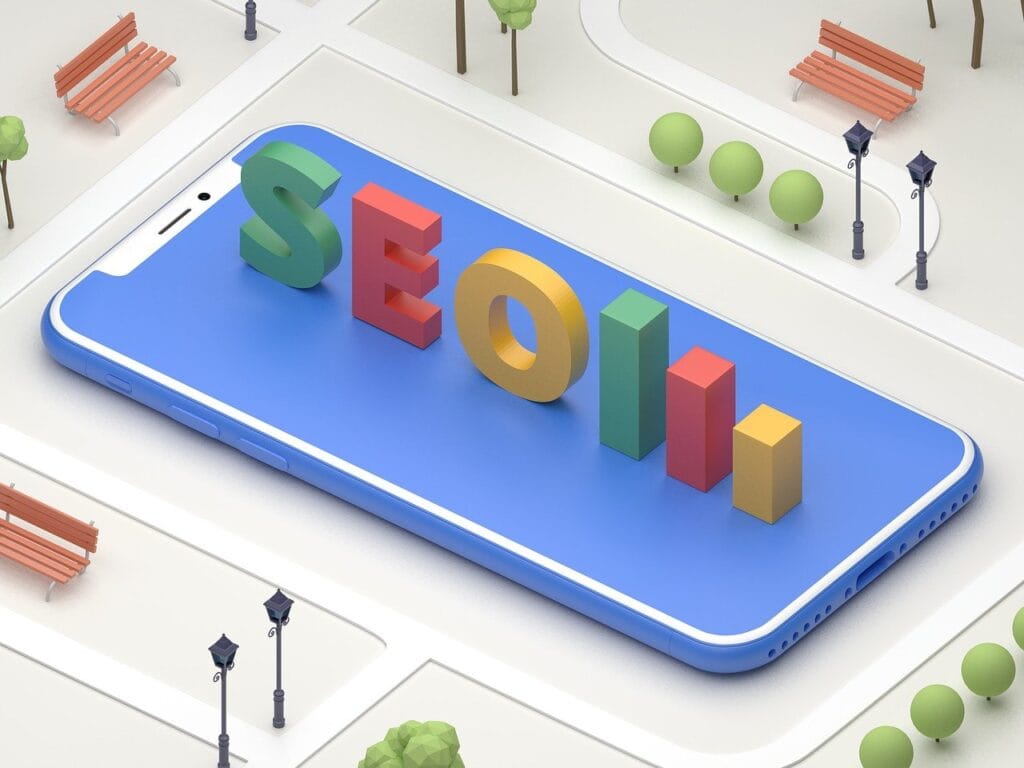A Complete Guide to On-Page SEO Optimization
Learn on-page SEO (search engine optimization). It is vital for your website. It improves visibility, attracts your target audience, and boosts your Google ranking. On-page SEO means optimizing your website's pages. This makes them easy for users to navigate and optimized for search engines.
We will give you a detailed breakdown of on-page SEO. It will cover its parts and how to use it to boost your website's performance.

What is on-page SEO?
On-page SEO means optimizing content, HTML, and other on-site elements. This makes your web pages more relevant and discoverable to users and search engines. On-page SEO gives you control over your site's elements. Unlike it, off-page SEO focuses on external factors like backlinks.

Why is on-page SEO important?
1. Improved Search Ranking On-page SEO ensures search engines understand your content better, helping to improve rankings.
2. Enhanced User Experience Optimize pages to load faster, are easy to navigate, and offer relevant content.
3. Higher Organic Traffic Optimize the content and target the right levers. This will attract your audience.
4. Increased Conversations
We will optimize pages to get users to act, like filling out forms or making purchases.
On-page SEO is not a time-consuming process. It requires continuous updates and improvements to much-changing algorithms and user behavior.
Key Elements of On-page SEO Optimization
Here is a detailed breakdown of the essential components of on-page SEO:
1. Keyword Research and Optimization
1. Keyword Research: Use tools like Google Keyword Planner or SEMrush. They can find high-traffic, low-competition keywords.
2. Keyword Placement: Encrypt targeted keywords naturally in the following areas:
3. Title tag
4.
Meta description
5. Header tags (H1, H2, H3)
2. Optimizing Title Tags
The title tag is one of the most important on-page SEO elements.
- Keep it under 60 characters: Google displays the first 50 to 60 characters.
- Include target keywords: Place the primary keyword at the beginning of the title.
- Make it engaging: Use strong words to boost click-through rates (CTR).
3. Crafting Meta Descriptions
The meta description provides a summary of the page content and influences CTR.
- Length: Keep it under 155-160 characters.
- Include Keywords: use the target keyword naturally.
- Add a Call to Action: Encourage users to click by using phrases like "learn more,” "discover," or “ready now."
“I discovered the secrets of mastering on-page SEO optimized with Future Pluseo. Our experts will help you. They will boost your website rankings, attract visitors, and achieve your goals. Whenever you need guidance or support, we are here to assist you every step of the way. As a top SEO agency, we care more about our work than our reputation and meeting clients' expectations.”
4. Header Tags (H1, H2, H3, etc.)
Header tags structure your content and make it easier for users and search engines to read.
- Use H1 for the main title of the page.
- Use H2 and H3 for the subheadings to break content into sections.
- Incorporate keywords into headers to enhance relevance.
5. URL Optimization
Optimized URLs are short, descriptive, and keyword-rich.
- Keep it Short: A short URL boosts user experience and search engine indexing.
- Include Keywords: Add the primary keyword naturally.
- A wide number of special characters: use hyphens (-) to separate words.
6. Content Optimization
Content is the backbone of on-page SEO.
- Quality Over Quantity: Write high-quality, original, engaging content addressing user queries.
- Keyword Integration: Use primary and secondary keywords naturally throughout the content.
- Content length: Long, firm content (1000+ words) performs better for SEO.
- Readability: Use short-sentence bullet points and paragraphs to enhance readability.
- Add Value: Include actionable tips inside and visuals to make the content stand out.
7. Image Optimization
Search engines cannot “see” images, so optimizing them is essential.
- File Name: Use descriptive, keyword-rich file names (e.g., on-page-seo-guide.jpg).
- ALT text: Write alt tags on the diskscribe the image content and include keywords.
- Image Compression: reduce image size To improve payload speed using tools like TinyPNG.
8. Internal Linking
Internal links connect one page of your website to another.
- Enhances Navigation: helps users discover related content.
- Distribute Link Equity: boosts the authority of linked pages.
- Improves Crawlability: Those search engines index pages efficiently.
9. Mobile Responsiveness
Google prioritizes mobile-friendly websites through its mobile-first indexing.
- Ensure your website design adopts Seamlessly 2 mobile devices.
- Use a tool like Google's mobile-friendly test To check file performance.
10. Page Speed Optimization
Page speed directly impacts user experience and search rankings.
- Compress images and files.
- Cut JavaScript, CSS, and HTTP requests.
- Use a reliable hosting provider.
- Enable browser caching.
11. Schema Markup
Schema markup (structured data) helps search engines display rich snippets, enhancing click-through rates.
- Product rating
- FAQs
- RECIPE details
Conclusion: Your Success is Our Goal
On-page SEO optimization is a critical element of your SEO strategies. It helps search engines understand your content while enhancing the user experience. You can boost your website's search engine rankings and traffic. Optimize your title tags, meta descriptions, content, images, and technical elements.
Remember, SEO is an ongoing process. Check your website's performance and content at regular intervals. This will keep you ahead of the competition.

